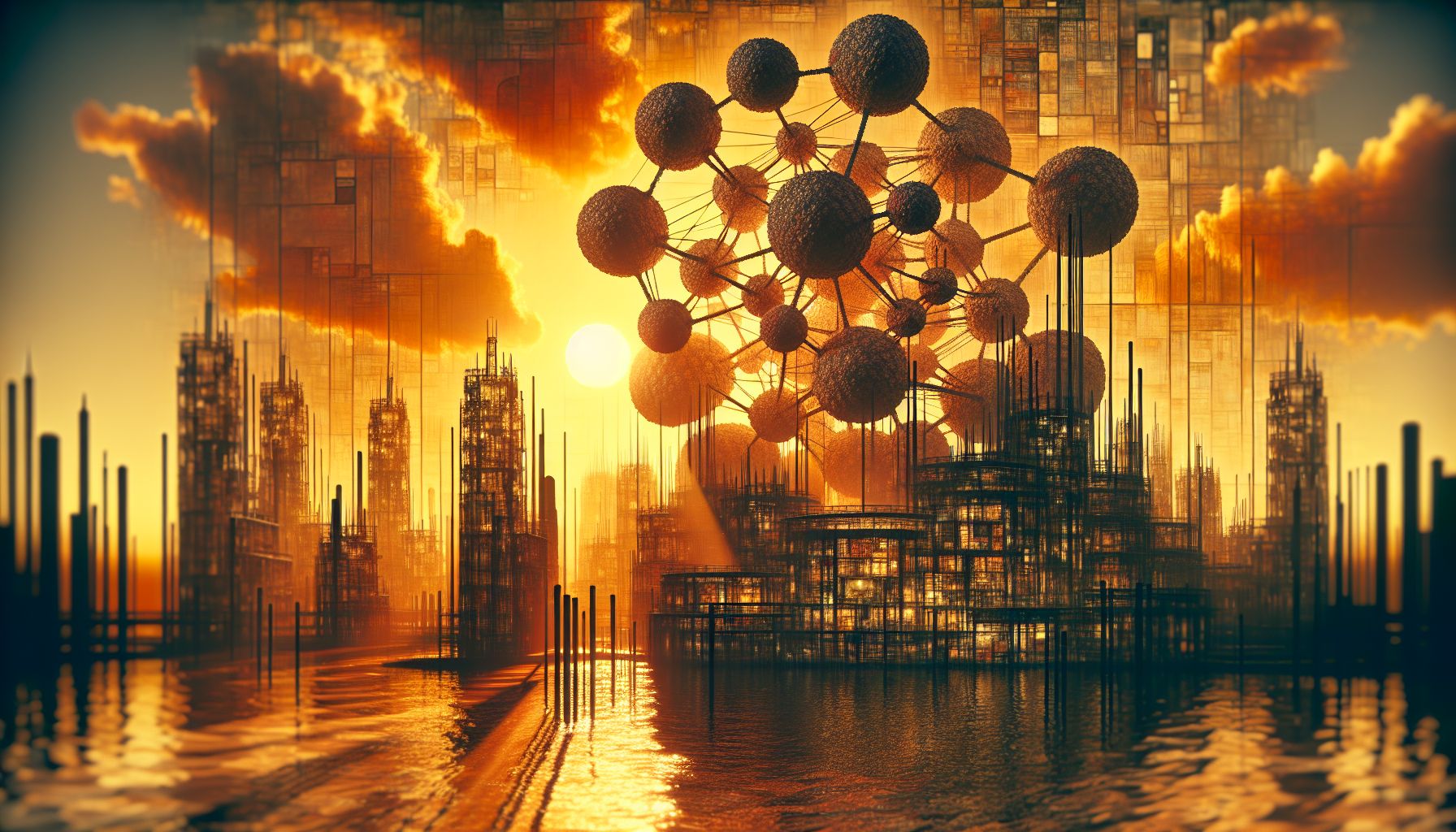TU Eindhoven Creates Life-like Cytoskeleton for Artificial Cells

Eindhoven, Wednesday, 8 January 2025.
Researchers at TU Eindhoven have developed an artificial cytoskeleton mimicking natural cell structures, enhancing artificial cells’ mechanical properties and paving the way for medical advances.
Breakthrough in Medical Technology
This significant healthtech advancement comes from a team at Eindhoven University of Technology (TU/e) led by Professor Jan van Hest, working in collaboration with the Max Planck Institute in Erlangen, Germany [1][2]. The research, published in Nature Chemistry on January 7, 2025, addresses a crucial limitation in artificial cell development by creating a polymer-based network that effectively mimics the natural cellular framework [1][3].
Understanding the Innovation
The artificial cytoskeleton is constructed using a polydiacetylene-based (PDA) polymer, which forms fibrous structures comparable to those found in living cells [1]. These structures provide mechanical resilience and support essential cellular processes [2]. The team’s breakthrough lies in their ability to create artificial cells with mechanical properties remarkably similar to human cells, with the Young’s modulus of the artificial cells matching that of certain human cell types [1][4].
Practical Applications and Benefits
This innovation enables researchers to study biological processes without the need for living cells, offering significant advantages for drug screening and development [1]. The artificial cells can be used to study how different molecules affect cellular processes, providing a controlled environment for research that was previously impossible [1][4]. The technology shows particular promise in drug delivery technology and tissue regeneration applications [1].
Future Implications
The research team, including PhD researcher Sebastian Novosedlik as lead author, has demonstrated that their artificial cytoskeleton can regulate membrane dynamics and enhance protein organization [2][3]. This development represents a crucial step forward in synthetic biology, potentially revolutionizing how we study cell mechanics and develop new therapeutic approaches [4]. The project, which included collaboration with SyMO-Chem, stands as a testament to the late co-corresponding author Henk Janssen’s significant contributions to the field [1].

